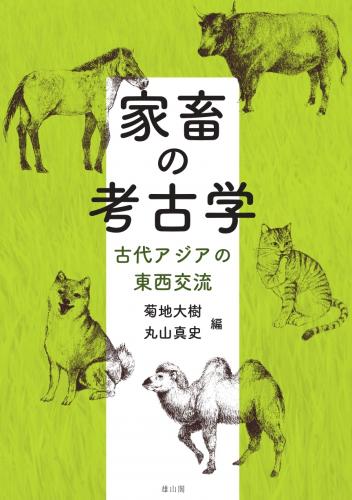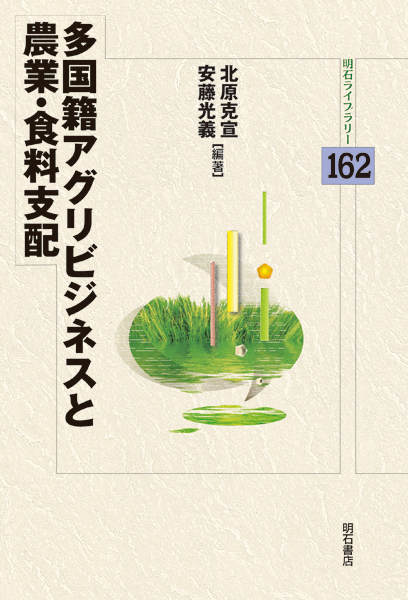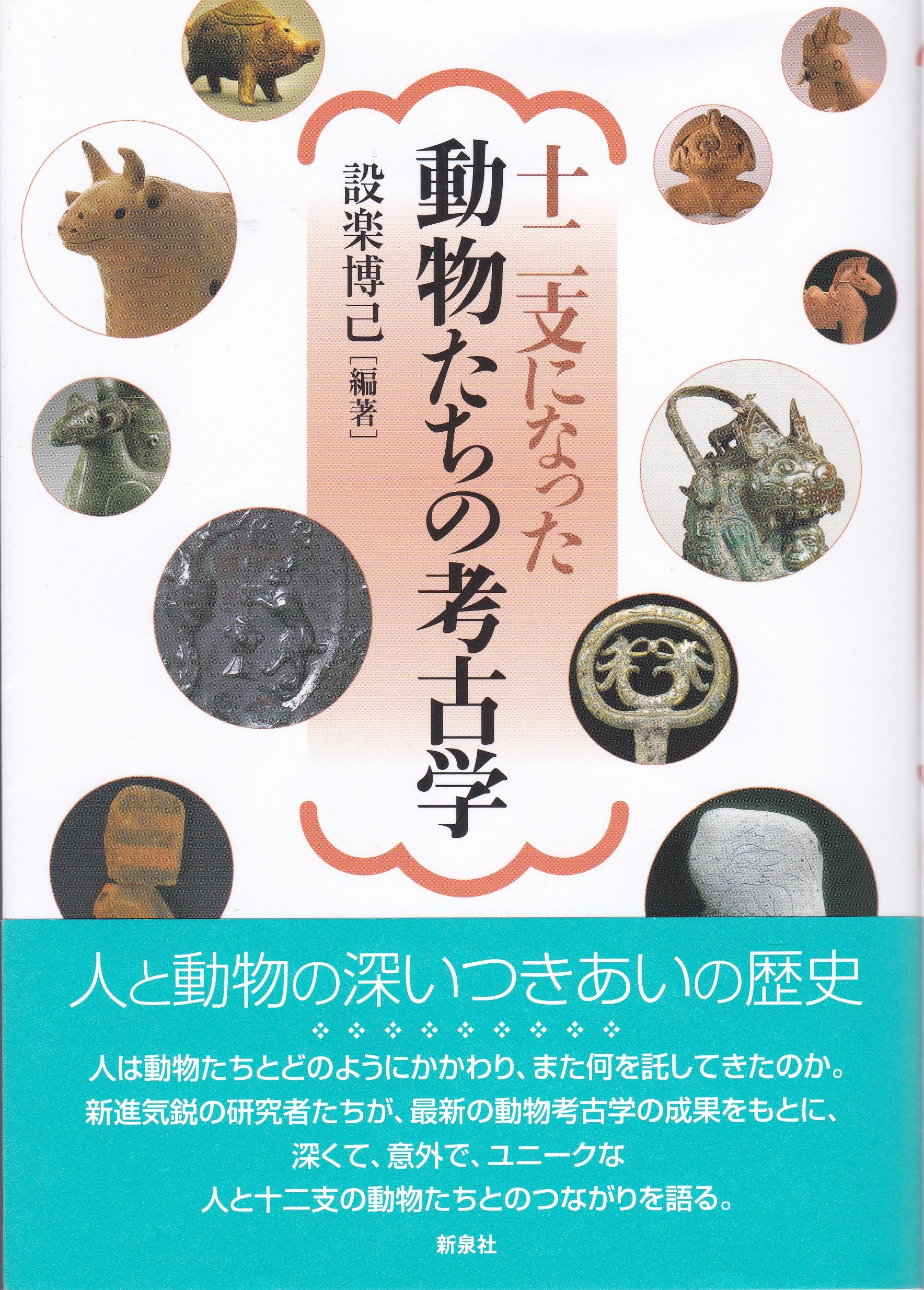
Title
Kachiku no kokogaku (Livestock archeology - East-west interaction in ancient Asia)
Size
212 pages, A5 format, softcover
Language
Japanese
Released
October 25, 2022
ISBN
9784639028628
Published by
Yuzankaku
Book Info
See Book Availability at Library
Japanese Page
“The most recent history of animal domestication and symbiosis,” says the book’s wraparound band. This may not provide adequate information for everyone to understand what this book is about. In this book, several experts discuss the history of the relationship between humans and domestic animals in East Asia and West Asia, with “livestock” as the keyword. As the title denotes, the book centers on archaeology, especially zooarchaeology. However, the authors include specialists in other fields such as history, isotope chemistry, molecular biology, and cultural anthropology. The book consists of three main chapters. It begins with topics familiar to Japanese people, the primary target audience, and then expands its perspective toward the second half, as follows: the beginning of livestock use in the Japanese archipelago (Chapter 1: Livestock culture that came to the Japanese archipelago), the spread of livestock use in East Asia and West Asia (Chapter 2: The beginning and spread of livestock), and livestock research in related fields (Chapter 3: New perspectives on livestock archaeology).
This book’s significance can be summarized in two points. One is its coverage. Until now, zooarchaeological livestock research in Japan has usually focused on a particular period or region without going beyond the realm of regional historical research. This book, on the other hand, places its perspective within the larger dynamics of the history of livestock culture in Asia, even though it begins by discussing the start of livestock use in Japan. This approach was facilitated through the collaboration of several researchers from different part of the world.
The other point is that it focuses on archaeology even as it deals with research in multiple fields. Until now, research on domestic animals mainly came from the field of agriculture in the natural sciences and cultural anthropology in the humanities. Most of the research works published in Japan on livestock were compiled by specialists in these fields. The former approach focuses on the study of biological characteristics such as the genetic lineage of domestic animals, and tends to neglect the culture and society of the past that made use of these animals, while the latter approach tends to neglect the history of humans. In contrast, the archaeological approach is highly integrated in nature and mindful of the problems associated with the other two approaches. Based on materials excavated from actual archaeological sites, it situates the dynamics of the cultural activity of livestock use in the context of human history.
The rapid development of analytical methods in the natural sciences in recent years has led some to argue that traditional humanistic methods may not even be necessary. In reality, however, natural scientific research in the field of human history draws on the findings accumulated through humanistic methods. Conversely, researchers with a background in the humanities are also actively incorporating the results of research conducted through the methods of the natural sciences. This book, which proposes an interdisciplinary approach, is highly recommended for budding researchers.
(Written by ARAI Saiji, Assistant Professor, Graduate School of Humanities and Sociology / 2023)



 Find a book
Find a book



